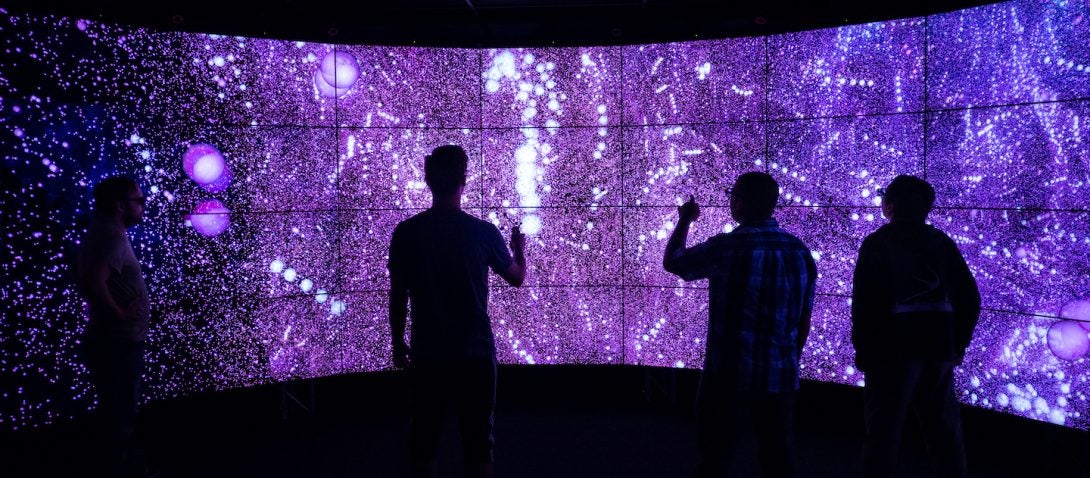intro

As part of Chicago’s public research university, UIC Engineering is committed to the generation of new knowledge in engineering and computer science. Research is conducted in more than 150 faculty-run laboratories and interdisciplinary centers.
UIC Engineering research is sponsored by the National Science Foundation, National Institutes of Health, the U.S. Departments of Defense and Energy, Argonne National Laboratory, multinational corporations, and more. Our dedication to research and our location in metropolitan Chicago makes UIC a sought-after destination for emerging researchers. Faculty hired within the last decade have earned their doctorates at Brown, Caltech, Carnegie Mellon, Columbia, Georgia Tech, Harvard, Michigan, MIT, Princeton, Stanford, the University of Illinois at Urbana-Champaign, and the University of Southern California, among others.
faculty tidbits
-
226 faculty members
Including 50 NSF CAREER award recipients and 96 fellowships in professional societies.
-
$190.3 million
Research and development grants in force, spanning six departments and more than 230 projects.
Research focus areas by department
areas
- Bioinformatics: computational systems biology, proteomics, genomics, precision medicine
- Biomechanics: hard tissue, soft tissue
- Biomolecular and biomaterials engineering: drug delivery, microfluidics, bionanosystems, lab-on-a-chip
- Cell and tissue engineering: regenerative medicine
- Imaging: MRI, AFM, optical, haptic VR, acoustic
- Neural engineering: neural controls and rehabilitation, vision, smart prosthetics
areas
- Advanced Materials
- Nanotechnology
- Biotechnology
- Soft Matter
- Environmental Engineering
- Complex Fluids
- Electrochemistry
areas
Civil infrastructure engineering: structural engineering, transportation engineering
Materials engineering: materials science, engineering mechanics
Earth systems engineering: environmental engineering, water resources engineering, geotechnical engineering
- Environmental/Water Resources: Microbial ecology and bioinformatics, engineered treatment systems, ecohydrology and environmental fluid mechanics, landfill design and emissions
- Infrastructure: Non-destructive testing, acoustic imaging, forensics and failure analysis
- Transportation: Travel demand forecasting, agent-based models, environmental impacts, multi-modal freight operations, smart grids
- Mechanics and Materials: Mechanics of structural and nano-materials, geomechanics of foundations, landfills and earthen building materials, corrosion models for nuclear waste, catalysts for LiO2 batteries
areas
- Applied AI
- Computational population biology
- Computer security
- Data mining, databases, machine learning
- Electronic visualization
- Software engineering
areas
- 2D nanoribbon interactions with small molecules and nitride-based high-efficiency electronic devices
- Communication/sensor networks, wireless communications, nanotechnology, image and video analysis, robotics
- Energy cyber physical systems
- Energy-efficient neuromorphic computing
- Low-cost/low-power functionalized carbon nanotube (CNT)-based chemo-resistive methane sensors
- Thin stainless steel (cryogenic-to-high-temperature) vacuum insulation panels (VIP)
areas
- Biomedical engineering
- Computational mechanics
- Data-driven decision-making
- Design, controls, and manufacturing
- Energy
- Materials
- Micro/nanoscale science and engineering